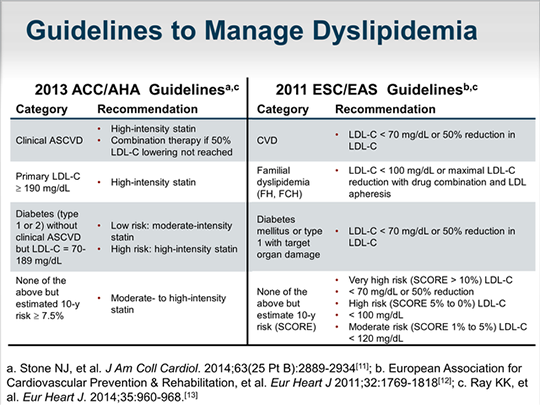


Grundy SM, Stone NJ, Bailey AL, et al.In this situation, a switch from a lipophilic statin (atorvastatin, simvastatin) to a hydrophilic statin (rosuvastatin, pravastatin) may provide a reduction in muscle pain and increased tolerability.Įquivalent Dose (mg) by Intensity LDL reductionĨ0 (as either immediate release 40mg BID or XL 80mg daily)Ģ.2: Commercial availability prescription or non-prescription status rand, generic, or biosimilar names physical descriptions or how suppliedģ.4: Drug dosing or dosing adjustments duration of therapy Another reason for converting to a different statin therapy would be due to potential side effects of the drug such as muscle pain or weakness. 1 A modified version of these are listed at end of question.Ĭonverting between statin therapies is important if patients are on brand name medications and insurance companies decide to take it off their formulary. The AHA guidelines provide common statin agents and what classification they fall under depending on the dose given. Diabetes Mellitus (Diabetes Metab J 2017 41:23-30). Lipitor 10mg represents a moderate intensity statin. Efficacy of Moderate Intensity Statins in the Treatment of Dyslipidemia in Korean Patients with Type 2. Moderate or high-intensity statin regimen for those with additional heart disease risk factors such as: high blood pressure, smoking, or excess weight or obesity. Low intensity is an LDL reduction of less than 30%, moderate is between 30-49%, and high is a 50% or greater reduction in LDL. Moderate intensity statin treatment is recommended for all individuals with diabetes and LDL cholesterol of 100 mg/dL or greater. The amount of LDL reduction classifies statins into low, moderate, or high intensity regimens. The AHA guidelines provide common statin agents and what classification. In adults 40 to 75 years of age with diabetes, regardless of estimated 10-year ASCVD risk, moderate-intensity statin therapy is indicated. Lipitor 10mg represents a moderate intensity statin.

Low intensity is an LDL reduction of less than 30, moderate is between 30-49, and high is a 50 or greater reduction in LDL. 4 In patients who have had a previous CV event, statins are usually started at a higher intensity (dose + potency) with lower LDL-C targets. Statins reduce LDL by competitively inhibiting the enzyme HMG-CoA reductase. The amount of LDL reduction classifies statins into low, moderate, or high intensity regimens. When lipid modifying medicines are indicated, patients are usually started on a low dose of a statin which is titrated (if necessary) until target lipid levels or maximum tolerated dose (MTD) are achieved. Which of the following regimens below could you recommend to JL's primary care provider as an equivalent substitute based on intensity? Select all that apply. JL presents to your community pharmacy with a letter from his insurance company stating that his Lipitor will no longer be covered on his insurance plan starting next year.


 0 kommentar(er)
0 kommentar(er)
